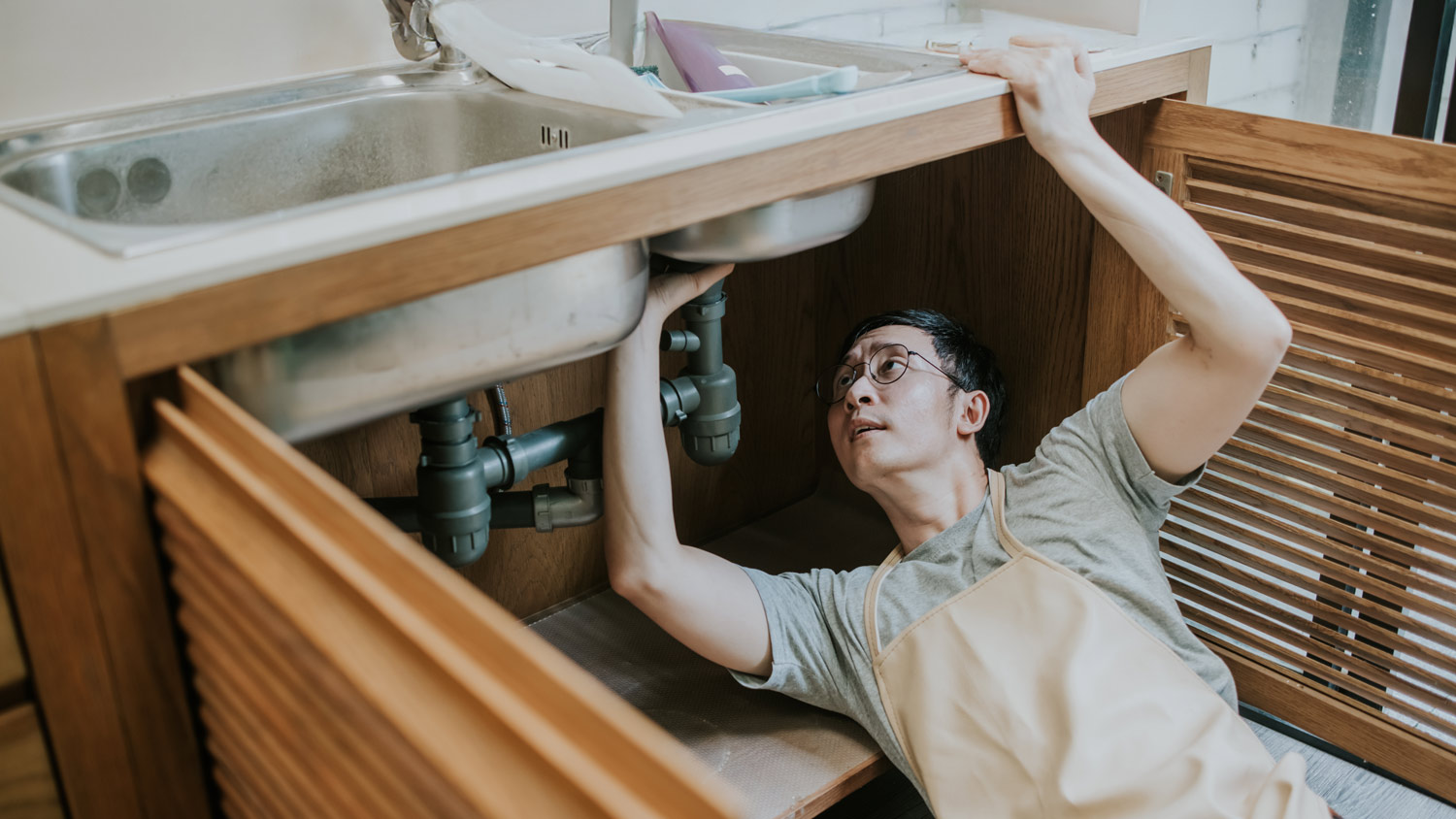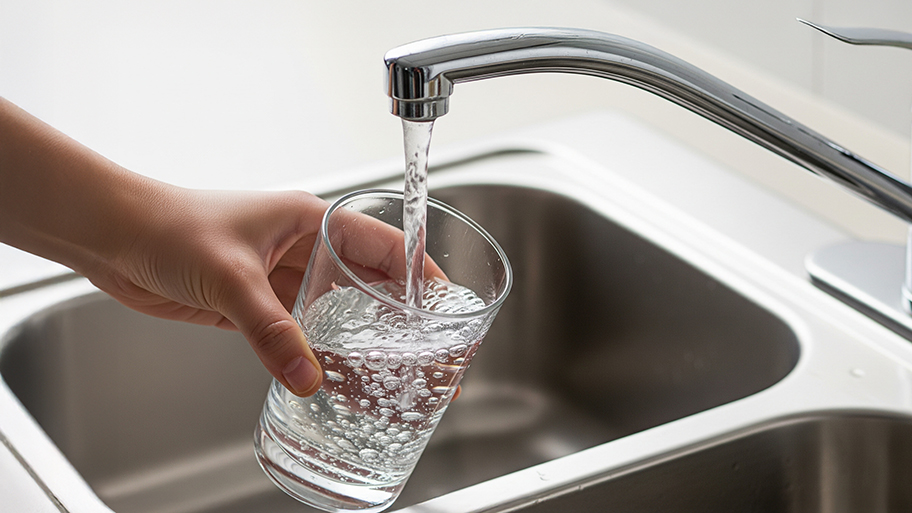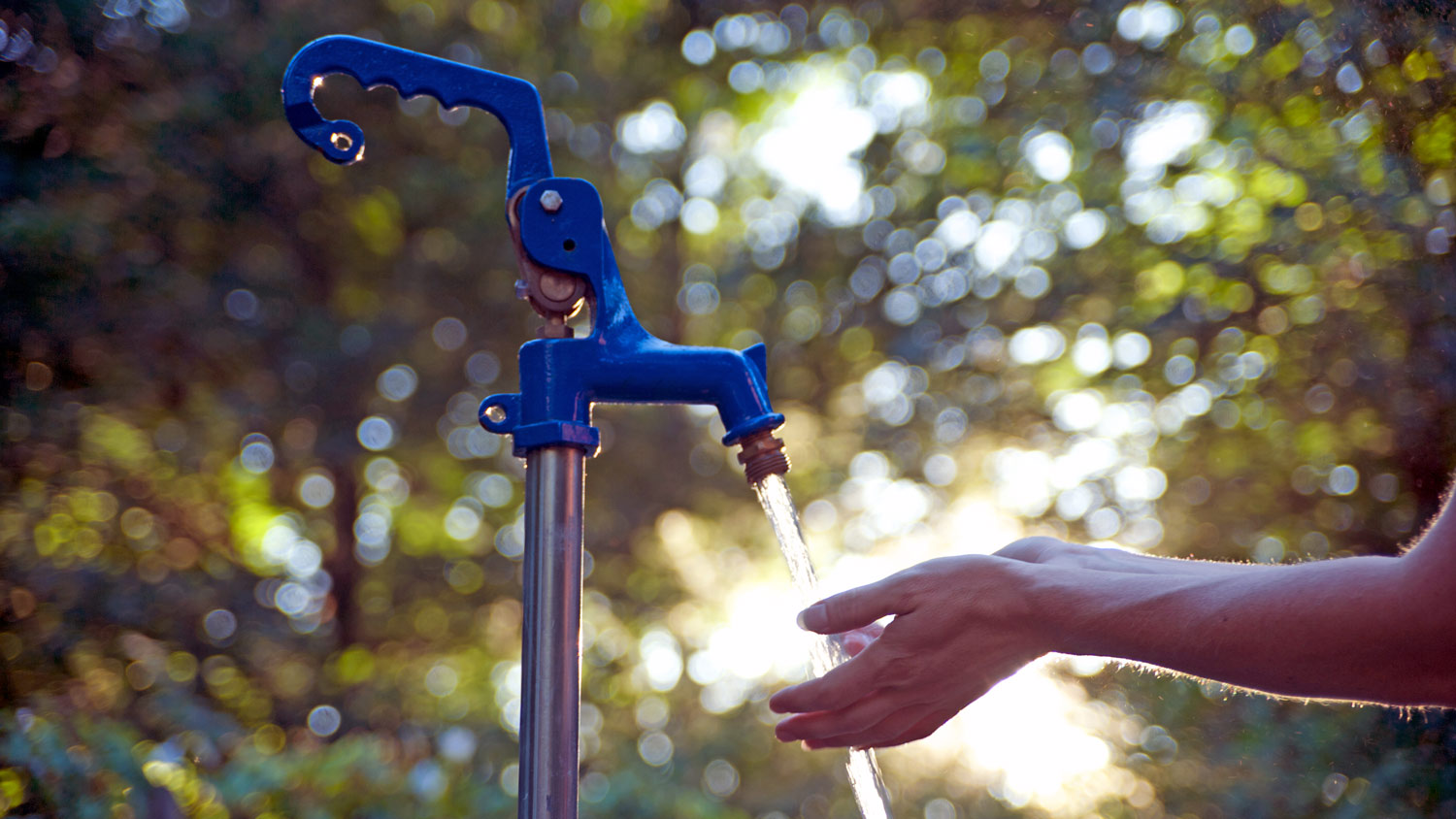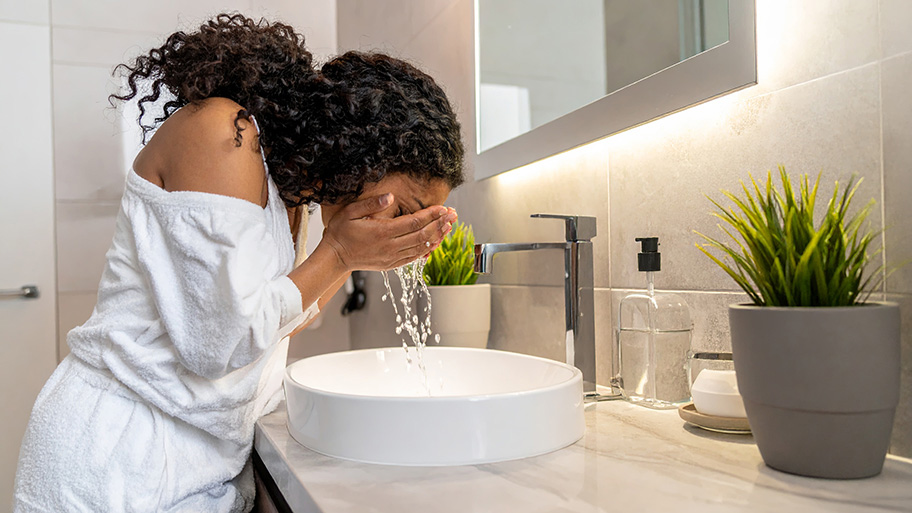
Your cost to install an under-sink water filter will depend on the type and size of system you choose and whether you need professional installation.
Turn on and adjust the water softener system yourself with these easy steps


Many homes have hard water that contains high concentrations of minerals. Hard water is safe to drink, but it negatively affects the life span of your appliances, promotes soap scum, slows drains, and makes laundry feel rougher. The solution may be as easy as changing the settings on your water softener, but the process can be confusing if you’ve never done it before. Here’s how to set your water softener to dial in the ideal water hardness and avoid water that’s too hard or too soft.
If you don't have prior experience installing or repairing a water softener, consider contacting a plumber for assistance.
Hard water has high concentrations of calcium and magnesium. Water softeners work by removing these minerals by passing the water through a bed of resin beads before it flows through plumbing. Technically, a water softener is a type of water filtration system. The negatively charged resin beads work like a magnet to attract positively-charged hard water minerals, cleansing your water and preventing build-up in your pipes.
When the resin beads get to a high concentration of those minerals, the water softener goes through a regeneration cycle. During that process, the softener passes salt through the beads to flush out the minerals.
Hard water has high mineral content—calcium, magnesium, and lime. Hard water leaves scale, spots, or films on your dishes. It may also leave crusty lime buildup around faucets and drains, and it will leave your hair and skin feeling dry and itchy after bathing or washing. If you recognize those signs, you can test your water hardness using a home hardness test kit to measure water hardness and consider investing in a water softening system.
Whether your water softener hasn't been in use for a long time or your newly bought home came with one, contact your local water supply pro to inspect your water softener system, make sure it’s not leaking, and ensure it’s well maintained.
The brine tank contains softener salt to regenerate the system once it has absorbed hard minerals. To maintain a water softener, you should never fill the tank. The brine tank should have enough salt to keep it at least one-quarter full at all times.
Be sure your brine tank is clean, put the required salt amount in the tank, and adjust the settings correctly according to your household needs. If you have a salt-free water softener, skip this step.
When you’re sure the system is primed to work properly, you can go ahead and turn on the appliance.

To turn on your water softener, plug it in and open the bypass to allow water to flow through the system. The bypass should be a lever or series of levers on the pipes leading into and out of your water softener. When the lever arm is in line with the pipe, the valve is open; when it’s perpendicular to the pipe, the valve is closed.

Setting the clock on the water softener systems is important because it allows the water softener to recharge regularly. This keeps the resin beads active and ensures your water continues getting softened. It’s also important to set the water softener regeneration to a time when your family is least likely to be using water during nighttime. Typically, regeneration time is set at 2:00 AM.
Usually, the clock dial is adjusted by lifting it and turning it to the proper position or turning a knob, depending on the machine. Some water softeners have digital settings, so you might be able to hit the “set time” or “set clock” button and then punch in the current time and desired regeneration time.
Regeneration is when a water softener flushes out the minerals from the hard water to reset itself and continue to soften new hard water. Not all water softening systems are the same, but generally, water softeners have two kinds of control systems:
Timer: You set a day and time for regeneration, and when the time comes, the regeneration of the softener carries on. A typical setup might be every week, and the regen will take place regardless of the amount of water used in your home.
Metered: Counts the gallons of water that pass through the softener, then starts the regeneration automatically. If you only use a small quantity of water, regenerations are less frequent, and vice versa.
As a rule of thumb, a family of four with a water softener would have their unit regenerate about once every 12,000 gallons.
The timing, duration, and frequency of the cycle depend on the water hardness and water usage. However, most systems have a regeneration cycle length of 30 to 60 cycles.
Check the manufacturer's instructions before proceeding with the regeneration settings.
During the water softener regeneration cycle, salty water from the brine tank washes the hard water minerals captured by the resin beads. The harder your water, the larger the salt dose you need to regenerate the softener. If you use a lot of water in your home, your water softener will regenerate more often and, thus, require more salt.
Calculating the proper salt dose varies by softener and is set by the manufacturer. Check your system, or have a pro check it to ensure your softener maintains the correct dose.
Using too much salt will leave your drinking water tasting saltier, unsurprisingly, and you’ll also have a higher ongoing cost because you’ll need to buy more salt over a given time period. Setting the salt dosage too low means your resin beads won’t remove as many minerals, so you could be left with some of the issues that hard water brings.
It's important to adjust the hardness setting for your water softener to get the best results.
The water hardness ranges from 1 to 99 grains per gallon. First, figure out the hardness in your water supply. You can test your water at home using a water hardness test kit or send it to the water department to provide a detailed report.
To change water hardness stated in parts per million (PPM) to grains per gallon (GPG), use this formula: Parts per Million / 17.1 = Grains per Gallon.
If it's time to install a water softener in your home or replace the one you have, contact a water softener installer near you to make sure your system is properly sized and set up for your home and water consumption.
From average costs to expert advice, get all the answers you need to get your job done.

Your cost to install an under-sink water filter will depend on the type and size of system you choose and whether you need professional installation.

On average, a reverse osmosis water filter costs around $2,200, but there are a few variables that impact the total price. Learn about them in this guide.

Discover how much well water treatment systems cost, including installation, maintenance, and tips to save. Get expert insights to plan your water system project.

Discover the key differences between a water filter versus water purifier. Find out which option is best for your household's water needs.

Making sure you have clean drinking water comes down to proper filtration. Use this guide on how to filter water at home to keep your family safe.

There are many pros and cons of salt-free water softeners that could impact your decision to buy one. Stay tuned to learn more about salt-free water softeners.